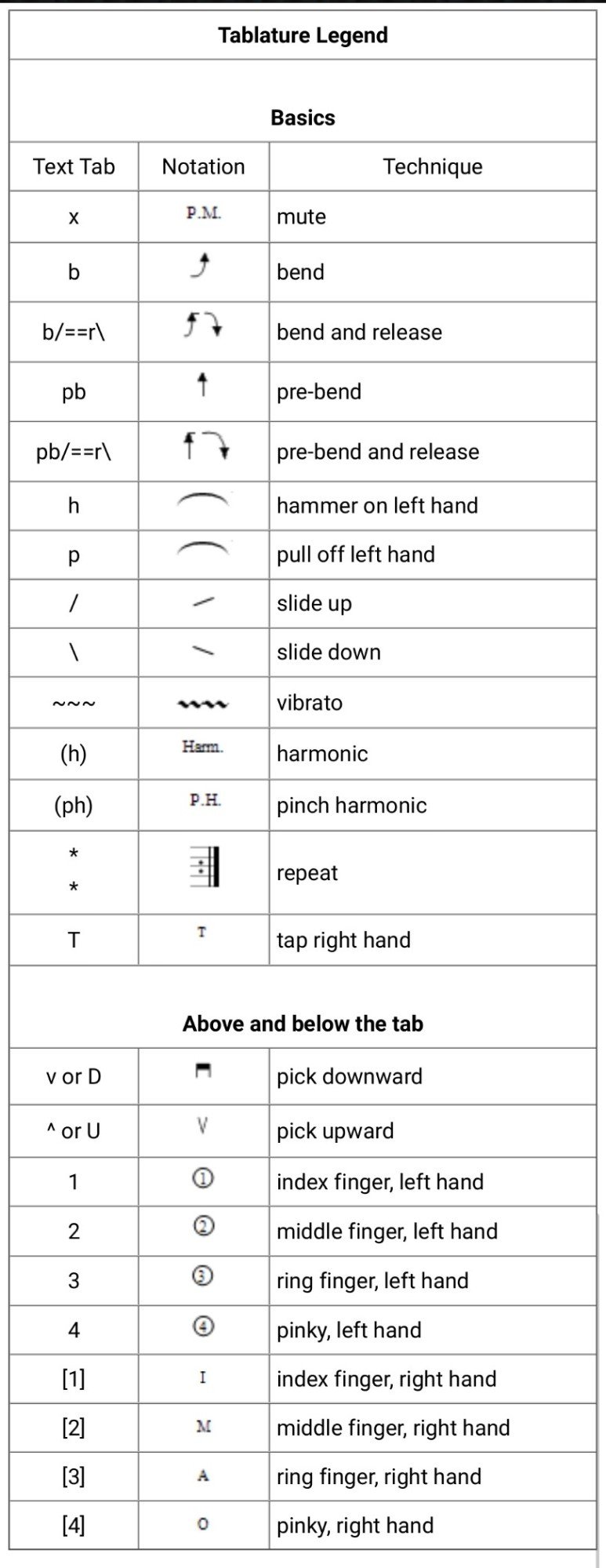
What you’ll end up with is a similar sounding chord progression, just not as sad as the progression in number 4. Our final progression is very similar to progression number 4, the only difference is the I and vi chords have switched places. Watch our video on “ Zombie” by The Cranberries to learn this emotive progression. Examples of songs that use this progression include the entirety of “Cheap Thrills” by Sia, the chorus of “Africa” by Toto, the entirety of “Apologize” by OneRepublic, and the chorus of “Numb” by Linkin Park. Many modern pop songs also use the 50s progression, examples include the entirety of “Beautiful Girls” by Sean Kingston, the chorus of “What About Now” by Daughtry, and funnily enough, the entirety of “Friday” by Rebecca Black.īeginning with a minor chord, this progression tends to sound darker and sadder than the other four progressions.

King, the verse of “Chain Gang” by Sam Cooke, and the verse of “Unchained Melody” made popular by The Righteous Brothers. Popular songs that use this progression include the entirety of “Stand By Me” by Ben E. C - Am - F - G (I - vi - IV - V)Īlso known as the 1950s progression because it was very popular in that decade, this chord progression is associated with the mainstream popularity of the doo-wop genre at the time. Take some time to play around with these three chords and you’ll be surprised by how many songs you can play by simply rearranging the order of the progression.
#Guitar pro 5 songs how to
We cover how to play this chord progression for the verse of “ Good Riddance” by Green Day. An example that uses the simple I - IV - V progression is the entirety of “Stir it Up” by Bob Marley.

Another example is I - IV - V - IV which allows us to play songs like “Louie Louie” by Richard Berry and “Wild Thing” by The Troggs. A good example is the 12 bar blues which goes I - I - I - I - IV - IV - I - I - V - IV - I - V. Playing these three chords in different variations will also give you some other common progressions. It is extremely common in songs from the 1960s to 1970s and traces its roots all the way back to the blues. Our second chord progression may be considered the foundation of classic rock ‘n’ roll, modern rock, and pop music. Watch our video on “ Collide” by Howie Day and learn this popular progression! 2. Songs that use this progression include the verse of “Let It Be” by The Beatles, the entirety of “No Woman No Cry” by Bob Marley, the chorus of “Love Someone” by Justin Bieber, the verse and chorus of “Love Story” by Taylor Swift, the verse of “Don’t Stop Believing” by Journey, the verse of “Hey Soul Sister” by Train, the chorus of “Someone Like You” by Adele, and the list goes on and on. The contrast between them is what makes the progression sound so good. The V chord is the opposite of I, the vi is the opposite of V, and the IV is the opposite of vi. The quick summary is that these four chords are opposites of each other. There is an actual mathematical explanation as to why it’s such a pleasant progression. This just might be the most popular chord progression in Western popular music.


 0 kommentar(er)
0 kommentar(er)
